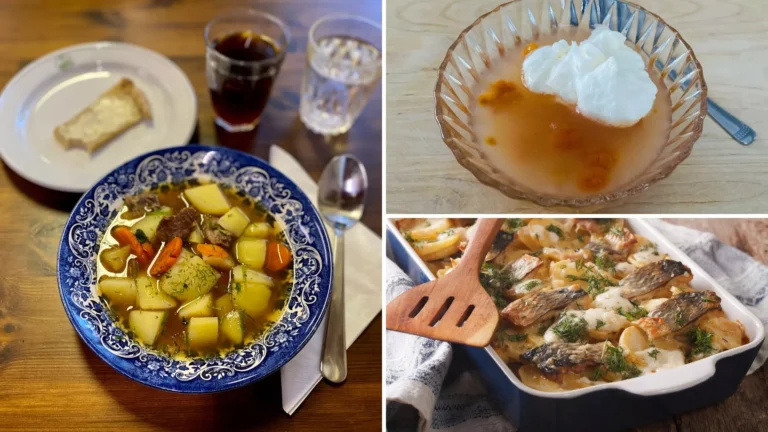Introduction: Finnish cuisine
Finnish cuisine is known for its simplicity, freshness, and use of natural ingredients. It has been shaped over time by various cultural influences, including Russian and Swedish conquerors, indigenous ingredients, and Scandinavian neighbors. Finnish cuisine has evolved over time and has adapted to modern globalization, incorporating international ingredients and flavors.
Historical background: cultural influences
Finnish cuisine has a rich history that has been shaped by various cultural influences. The country has been inhabited for thousands of years, and its cuisine has been influenced by various conquerors and neighbors. In the 12th century, the Swedes conquered Finland and brought with them their rich cuisine, which included dairy products, fish, and meat. Later, in the 19th century, the Russian empire took control of Finland, and their influence can still be seen in Finnish cuisine today.
Russian and Swedish influences
Russian and Swedish influences have played a significant role in shaping Finnish cuisine. The Swedes introduced dairy products, such as milk, butter, and cheese, which are still staples of Finnish cuisine. They also brought with them a love of fish and meat, which are still enjoyed by Finns today. Russian influence is visible in Finnish cuisine through dishes like borscht, which is a traditional Russian soup made with beetroot, cabbage, and meat.
Indigenous ingredients and Scandinavian cuisine
Finnish cuisine also draws heavily on indigenous ingredients and Scandinavian cuisine. Finland’s cold climate and long growing season provide the perfect conditions for wild berries, mushrooms, and root vegetables. These ingredients are essential in Finnish cuisine and are used in many traditional dishes, such as Kalakukko, a Finnish fish pie. Scandinavian cuisine has also had a significant influence on Finnish cuisine, with similar dishes and ingredients being shared across the region.
Globalization and international influences
As Finland has become more connected to the rest of the world, global influences have started to shape Finnish cuisine. Finnish chefs have begun to incorporate international ingredients and techniques into traditional dishes, creating new fusion cuisine. This trend is most noticeable in Finland’s larger cities, where international restaurants have become increasingly popular.
Conclusion: Finnish cuisine today
Today, Finnish cuisine is a unique blend of cultural influences. Traditional dishes like Karjalanpaisti, a Finnish meat stew, and Lihapullat, Finnish meatballs, are still enjoyed by Finns across the country. However, international chefs have brought new flavors and ingredients to Finnish cuisine, creating a new fusion cuisine that is both exciting and delicious. Despite these changes, Finnish cuisine remains true to its roots, with a focus on fresh ingredients, simplicity, and natural flavors.

